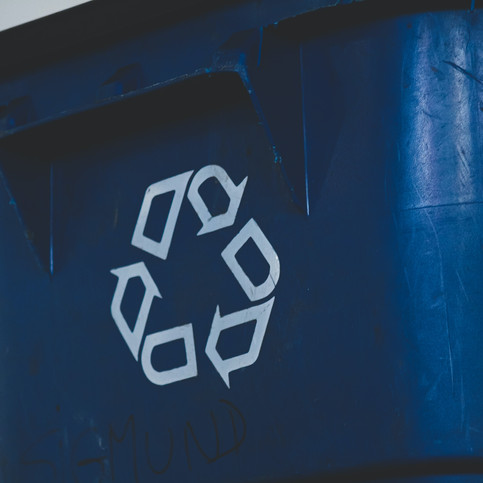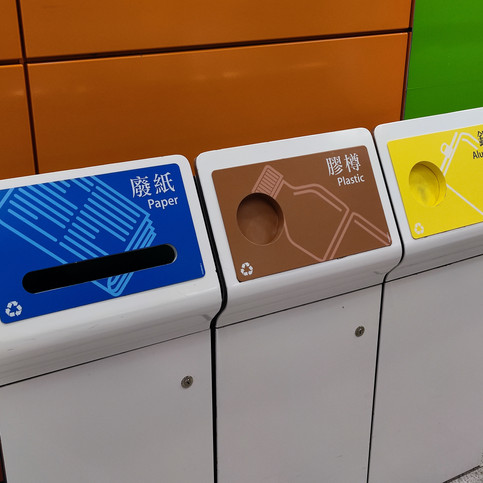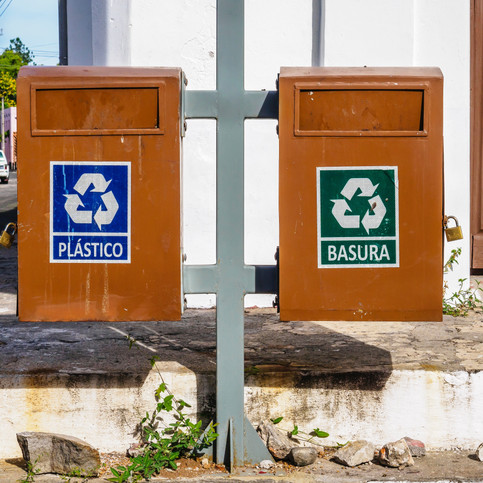Recycling is a process that involves converting old or discarded materials into new materials and objects. This not only helps to reduce waste, but also conserves energy and lowers greenhouse gas emissions. There are many different types of recyclable materials, including paper, cardboard, plastic, glass, metal and electronics.
To be effective, individuals must make an effort to recycle whenever possible by choosing items made from recycled material and making sure to throw away their trash in the proper place. It can help us conserve resources like trees, oil and water while also protecting our planet for future generations.
It benefits our environment in several ways. Firstly, it reduces the amount of trash that ends up in landfills and incinerators, where valuable resources like wood, metal, paper and plastics can take hundreds of years to break down naturally. Secondly, it reduces the need for new raw materials to be extracted from natural habitats or other areas where they are needed most. This helps to lower greenhouse gas emissions while also protecting precious forest lands and other ecosystems around the world.
Furthermore, it conserves energy. For example, making recycled aluminum cans uses 95% less energy than making new ones from scratch. Finally, it can create jobs in the green economy and support local businesses.
Recycling in the United States
In the United States, the process is handled by private and public entities at the local, state, and federal level. The Environmental Protection Agency promotes recycling through its annual America Recycles Day campaign. Many cities and towns have their own recycling centers that accept recyclable materials from residents.

California
In California, recycling is a major focus of the state government. The Governor’s Office of Business and Economic Development helps to promote recycling through its CalRecycle program, which provides funding, grants, and technical assistance to local governments. The agency has also established ambitious goals for reducing waste generation and increasing overall recycling rates in the state.
CalRecycle is working to increase these rates by focusing on certain areas, such as electronics and household hazardous waste. In addition, the agency has implemented innovative programs to address food waste reduction and composting.
Recycling in Canada
In Canada, recycling is handled by private and public entities. The Canadian Council of Ministers of the Environment created a National Strategy on Zero Waste to help promote the idea and reduce waste. This strategy includes targets for reduction, reuse and recycling of different materials by 2030.
Recycling in the United Kingdom
The United Kingdom also has a National Strategy on Zero Waste, which includes targets for reduction, reuse and recycling of different materials by 2025.
Australia
Recycling in Australia is headed by the government and private entities. The Australian Government’s Department of the Environment and Energy created a National Waste Policy to help promote the reduction of waste. This policy includes targets for reduction, reuse and recycling of different materials
European Union
In the European Union (EU), it is supported by policies that promote sustainable development and protect the environment. The EU promotes waste reduction, reuse, and recycling through a variety of initiatives such as eco-design directives for appliances and packaging. It also encourages the use of recycled materials in construction projects through its Green Public Procurement program.
China
In China, it is an important part of the government’s environmental policy. The country has ambitious targets for recycling and waste reduction, including a goal to recycle 60% of its municipal solid waste. China has also invested heavily in infrastructure and facilities, including sorting centers, incineration plants, and landfills.

Recycling in Japan
Japan is a world leader in the field, with a comprehensive national recycling policy that includes targets for recycling rates, content, and waste reduction. The country has an extensive network of related facilities and infrastructure, including collection points, sorting plants, and incineration plants. It is handled by the Ministry of the Environment. The Japanese Recycling Association also promotes the idea through its annual Recycling Day campaign.
Recycling in South Korea
In South Korea, it is mandatory for certain types of waste, such as electronics and appliances. The country has a comprehensive recycling system that includes sorting facilities, incineration plants, and landfills.
Singapore
In Singapore, the National Environment Agency promotes recycling through public education campaigns and financial incentives for businesses. The country has an advanced recycling infrastructure that includes sorting facilities, incineration plants, and landfills.
New Zealand
In New Zealand, it works through the Waste minimization Fund and the Waste Reduction Act. The country has an extensive recycling infrastructure that includes sorting facilities, incineration plants, and landfills.
Carbon Offsets
A number of carbon offset projects are focused on recycling. These projects typically involve the collection and recycling of waste materials that would otherwise be emitted to the atmosphere. The carbon offsets generated by these projects can be used to offset emissions from other activities, such as transportation or manufacturing.
Carbon offsets are a tool to help reduce greenhouse gas emissions and combat climate change. They are financial instruments that allow businesses and individuals to offset their carbon footprint by investing in projects that reduce greenhouse gas emissions.

